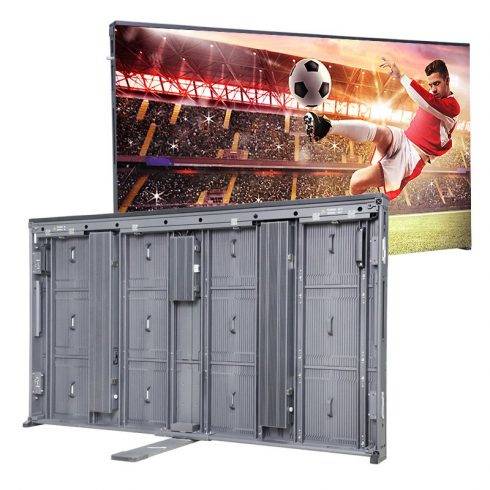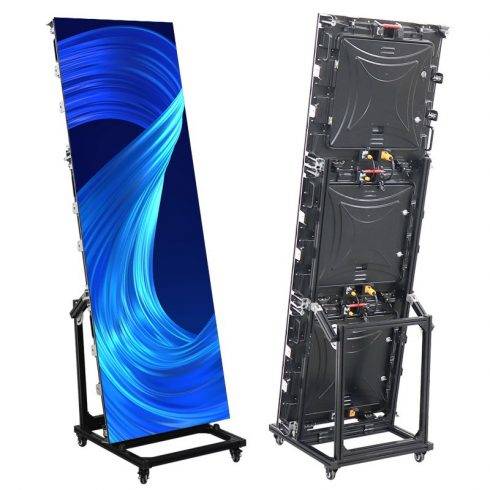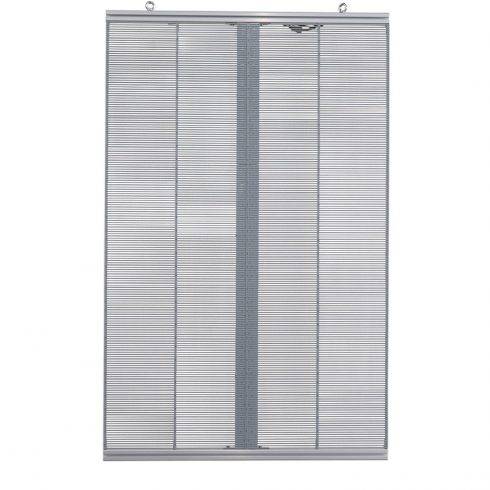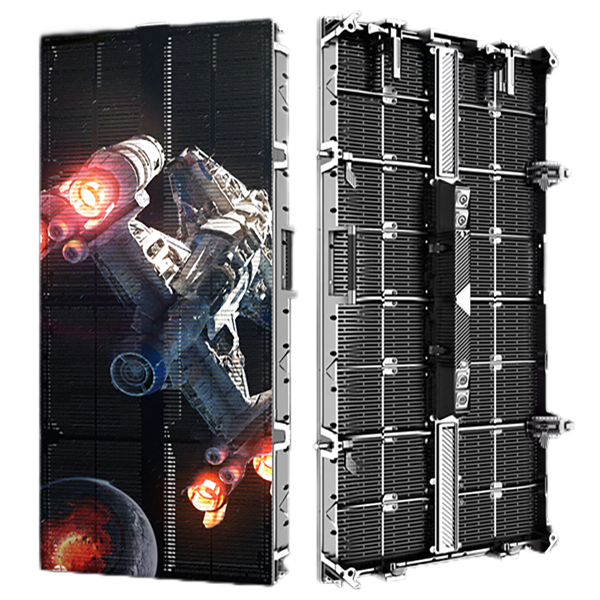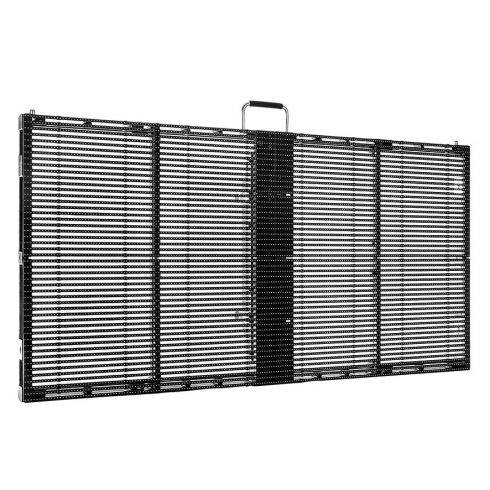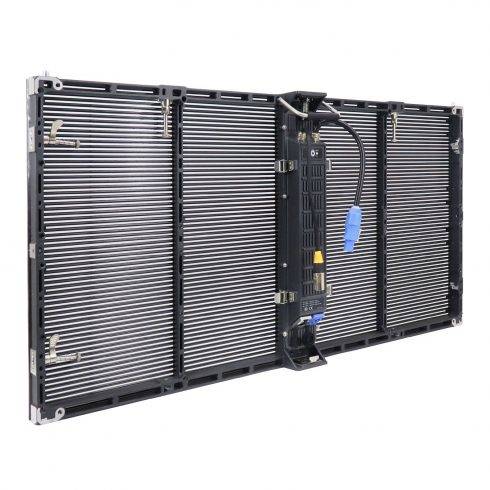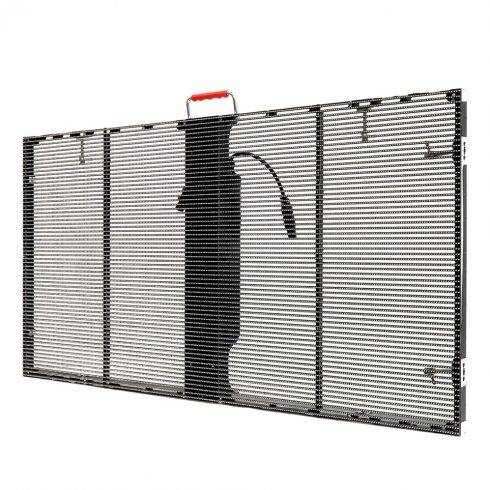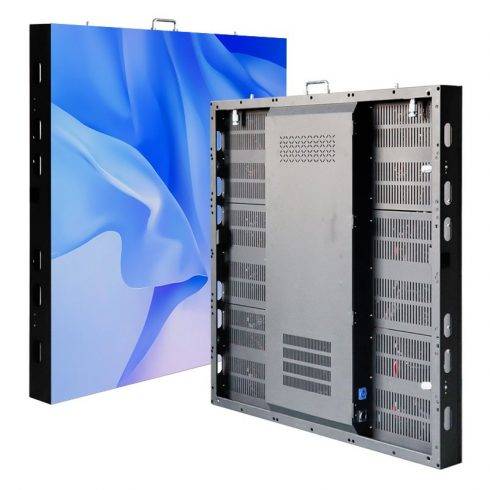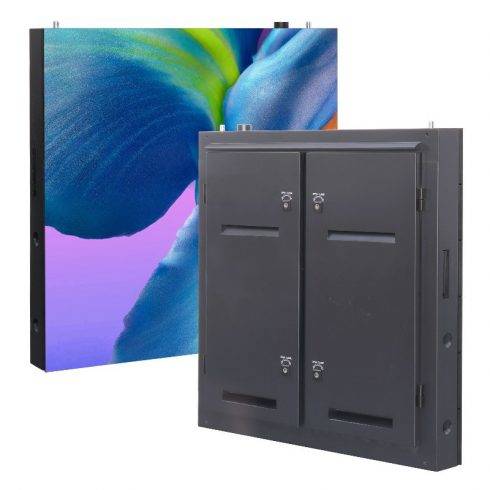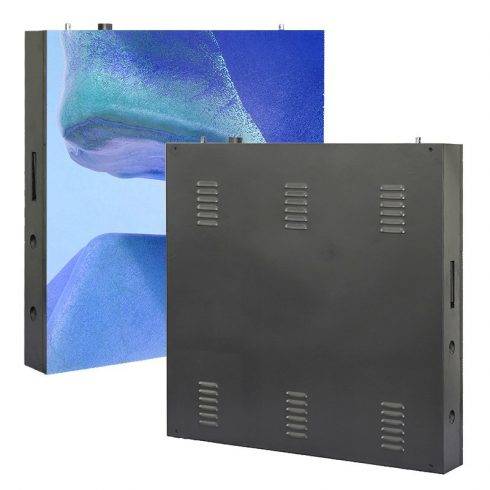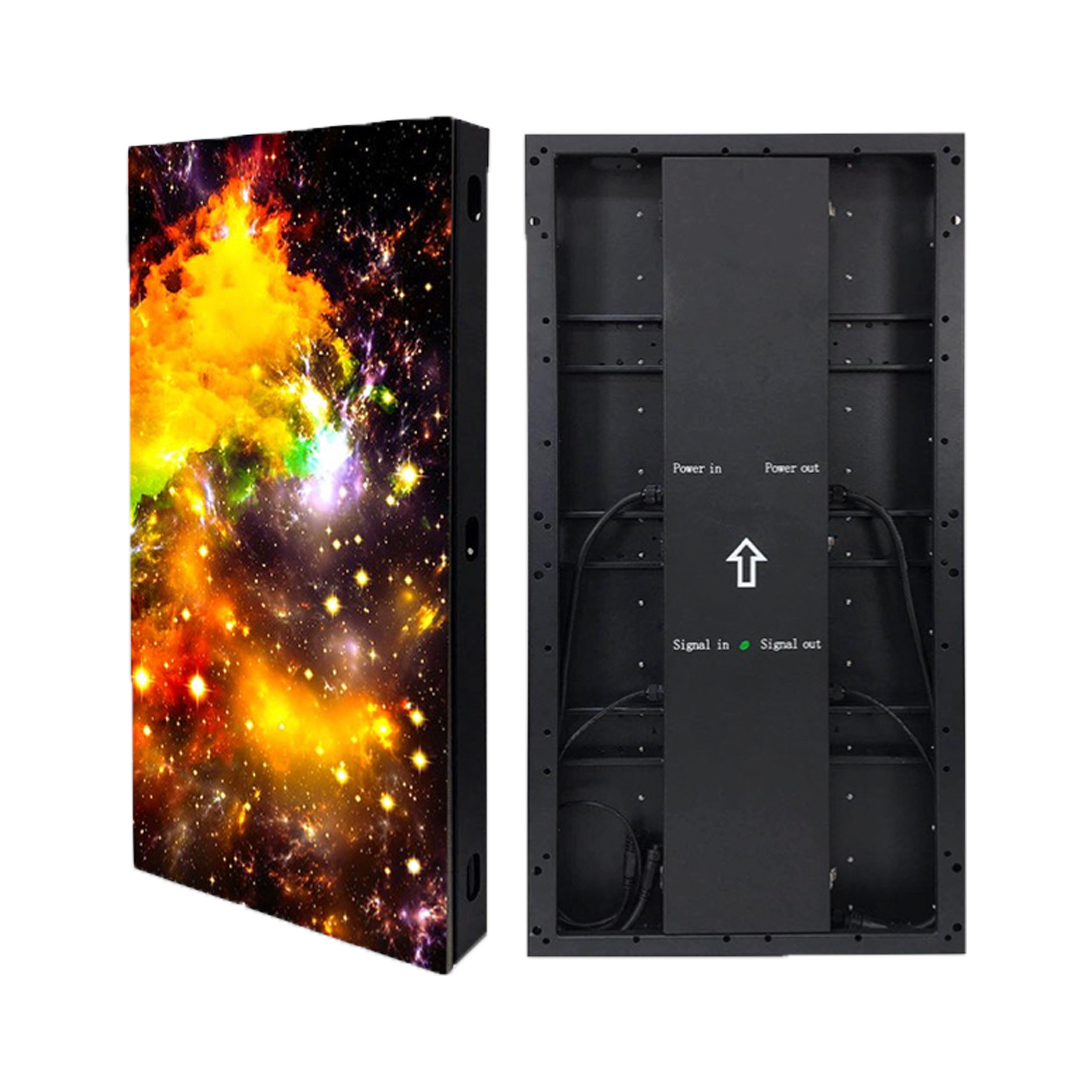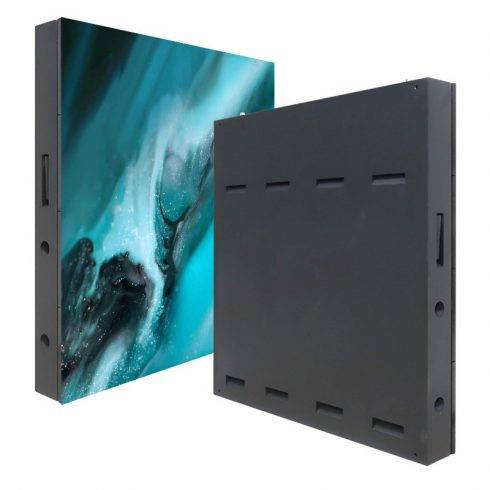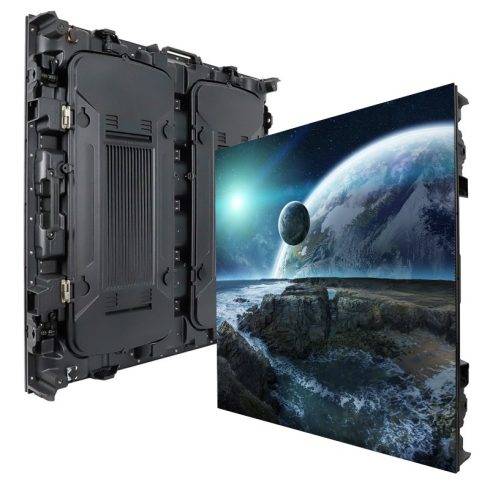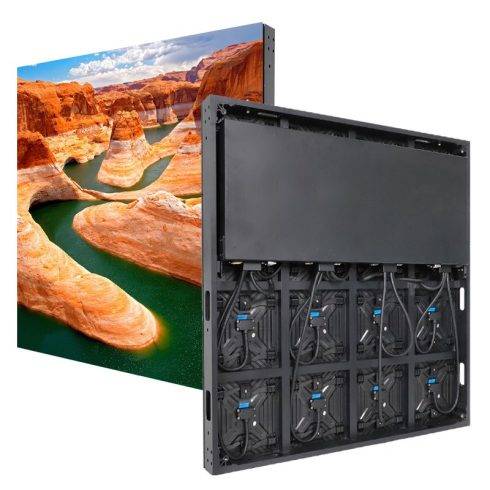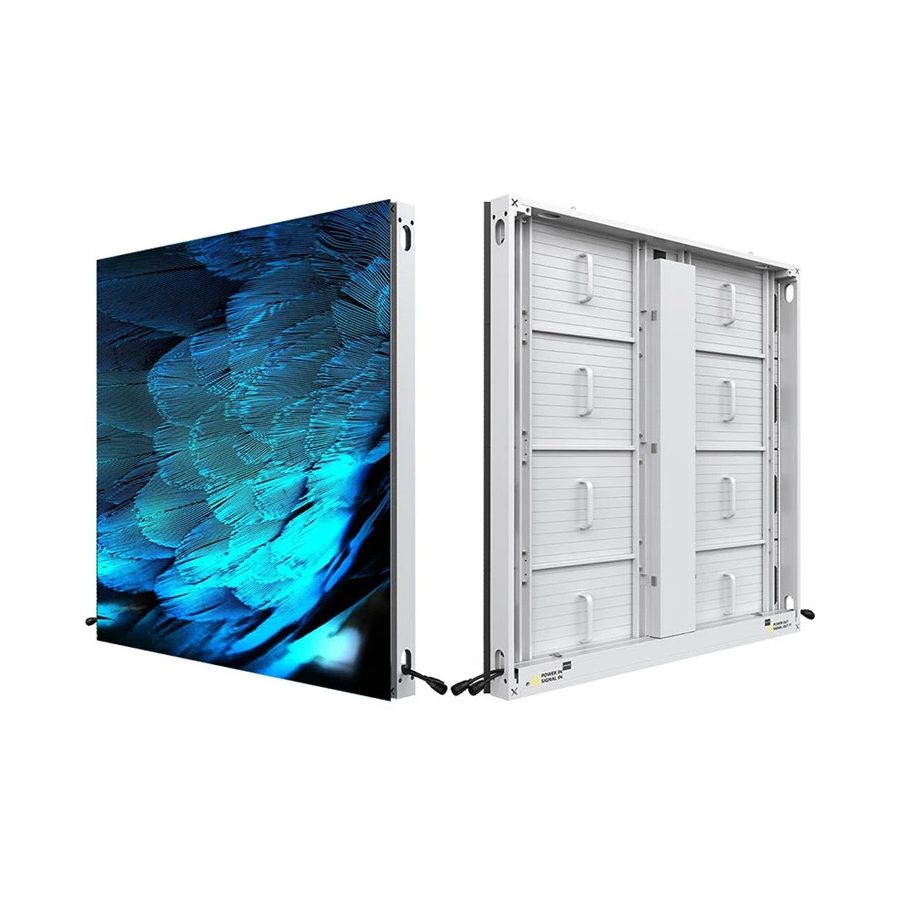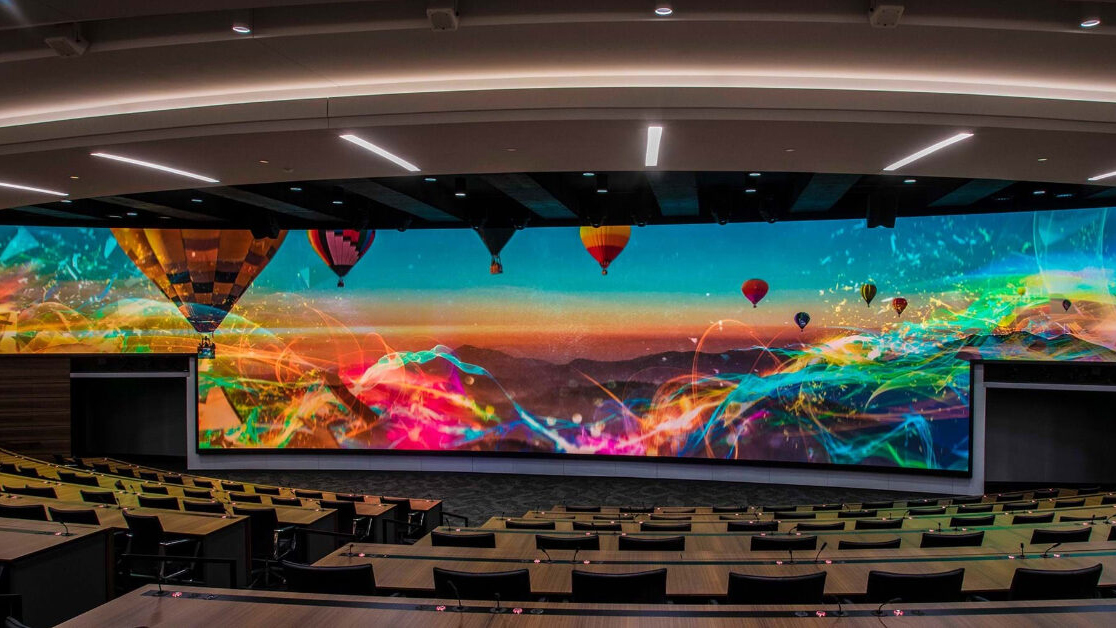In the fast-paced world of retail, capturing customers’ attention is the key to driving sales and building brand loyalty. Modern marketing strategies often emphasize digital tools, yet the physical environment remains critical, especially for brick-and-mortar stores. One of the most transformative innovations in retail marketing has been the advent of LED display boards. These dynamic tools not only enhance the visual appeal of shops but also serve as effective channels for delivering tailored messages. In this essay, we explore the features, benefits, and versatile applications of LED display boards in retail spaces, along with practical solutions for businesses looking to integrate them effectively.
Why LED Display Boards Matter in Retail
In retail, visibility and communication are everything. Traditional signage often struggles to compete with the increasingly digital-first expectations of consumers. LED display boards provide a fresh, engaging alternative that bridges the gap between physical and digital marketing.
- Dynamic Content: LED boards allow for flexible, real-time content updates. Unlike static posters or printed signs, LED displays can feature a mix of text, images, animations, and videos, all of which captivate the audience more effectively.
- Enhanced Visibility: With bright, high-resolution displays, LED boards ensure clear visibility even in bright daylight or at night, making them ideal for storefronts in high-traffic areas.
- Energy Efficiency: LED technology consumes significantly less energy compared to traditional lighting solutions like neon signs or incandescent bulbs, making it a sustainable choice for retailers.
- Cost-Effectiveness: While the initial investment in an LED display may seem steep, its longevity, low maintenance, and versatility often result in long-term cost savings.
Features of Modern Retail LED Displays
Modern LED display boards are more than just illuminated signs. They come equipped with advanced features designed to maximize impact and ease of use:
- Programmable Content Management: Retailers can schedule promotions, highlight new arrivals, or run festive offers without needing physical intervention.
- Customizable Sizes and Shapes: Whether it’s a small countertop screen or a full-scale outdoor billboard, LED boards can be tailored to fit the store’s aesthetic and marketing goals.
- Interactive Options: Many LED displays now include touch-screen capabilities, allowing for interactive experiences such as product browsing or personalized recommendations.
- Smart Integration: Advanced LED boards can be synced with apps, POS systems, or social media feeds, enabling real-time promotions and analytics tracking.
Applications of LED Display Boards in Retail
Retail LED display boards are versatile tools that can enhance a store’s marketing strategy in countless ways. Here are some of their most common applications:
- Attracting Customers: An eye-catching LED display can lure potential customers into a store. Vibrant colors, animations, and personalized messages create an irresistible call to action.
- Promoting Sales and Offers: LED boards are ideal for showcasing limited-time deals, discounts, and promotional campaigns. Their dynamic nature ensures messages remain fresh and relevant.
- Enhancing Brand Identity: By consistently displaying brand logos, taglines, and values, LED boards help reinforce a retailer’s identity.
- Improving In-Store Experience: Interactive LED screens can guide shoppers through the store, suggest products, or even entertain them with engaging content.
- Outdoor Advertising: Positioned outside the store, LED displays can act as mini billboards, targeting foot traffic and increasing store visibility.
- Wayfinding: For larger retail spaces, LED boards can serve as navigational aids, helping customers locate sections, facilities, or promotions.
Solutions for Integrating LED Displays in Retail
Implementing LED display boards in a retail environment requires strategic planning to maximize their potential. Below are some practical solutions for retailers considering LED displays:
1. Define Objectives
Before investing in LED boards, retailers must identify their goals. Whether it’s increasing foot traffic, boosting in-store sales, or enhancing customer engagement, clear objectives will inform the type, size, and placement of the displays.
2. Choose the Right Display Type
There are various types of LED displays, each suited to different needs:
- Indoor LED Displays: Ideal for showcasing products or providing in-store information.
- Outdoor LED Displays: Designed for durability and visibility, these are perfect for attracting passersby.
- Video Walls: Multi-panel displays that create a high-impact visual experience.
- Transparent LED Screens: Great for glass storefronts, these allow a blend of promotional content and interior visibility.
3. Leverage Content Management Software (CMS)
CMS allows retailers to control and schedule content across multiple screens. With CMS, it’s easy to adapt messaging for different times of the day, target demographics, or specific seasons.
4. Focus on Design and Messaging
Content displayed on LED boards should be visually appealing and concise. High-quality visuals, compelling calls to action, and clear branding ensure maximum impact.
5. Incorporate Analytics
Many LED systems come with analytics features that track viewer engagement, allowing retailers to refine their strategies based on data-driven insights.
6. Ensure Maintenance and Updates
Regular maintenance is essential to keep LED displays functioning optimally. Retailers should also update content frequently to keep the messaging relevant and engaging.
Benefits of LED Displays for Retailers
The impact of LED display boards goes beyond aesthetics; they deliver tangible business benefits:
- Increased Foot Traffic: Bright and dynamic displays naturally draw more attention than static signage, increasing the likelihood of attracting customers.
- Improved Customer Engagement: Interactive and personalized content fosters a deeper connection between the retailer and the shopper.
- Higher Conversion Rates: By displaying targeted promotions or upselling opportunities, LED boards can directly contribute to increased sales.
- Strengthened Brand Loyalty: Consistent, engaging branding displayed on LED boards helps create a memorable customer experience, fostering loyalty.
Case Studies: Success Stories in Retail LED Implementation
- Fashion Boutiques: A popular fashion retailer installed transparent LED displays on their glass storefront, allowing them to showcase dynamic runway footage and promote new collections. The result was a 25% increase in foot traffic within three months.
- Supermarkets: A supermarket chain used LED screens at checkout counters to highlight in-store promotions and loyalty program benefits, resulting in a 15% uptick in impulse purchases.
- Electronics Stores: An electronics retailer used interactive LED displays to demo new gadgets, allowing customers to explore product features digitally. This not only enhanced customer satisfaction but also reduced the workload on sales staff.
Future Trends in LED Display Technology
As technology continues to evolve, so too does the potential of LED displays in retail. Emerging trends include:
- AI Integration: AI-powered displays can analyze shopper behavior and display tailored content.
- Augmented Reality (AR): AR-capable LED screens enable immersive experiences, such as virtual try-ons for apparel or makeup.
- Eco-Friendly Designs: Advances in LED efficiency and sustainable materials will make these displays even more eco-conscious.
- Seamless Integration with IoT: LED displays connected to IoT devices can create synchronized, multi-channel marketing campaigns.
Conclusion
LED display boards are revolutionizing retail marketing by combining advanced technology with creative possibilities. They offer unparalleled flexibility, cost-effectiveness, and customer engagement opportunities, making them indispensable for modern retailers. By adopting LED displays and leveraging their full potential, businesses can not only stand out in a competitive market but also create memorable shopping experiences that keep customers coming back.
As the retail landscape continues to evolve, LED displays will remain a cornerstone of innovative marketing, illuminating the path to success for businesses of all sizes.







